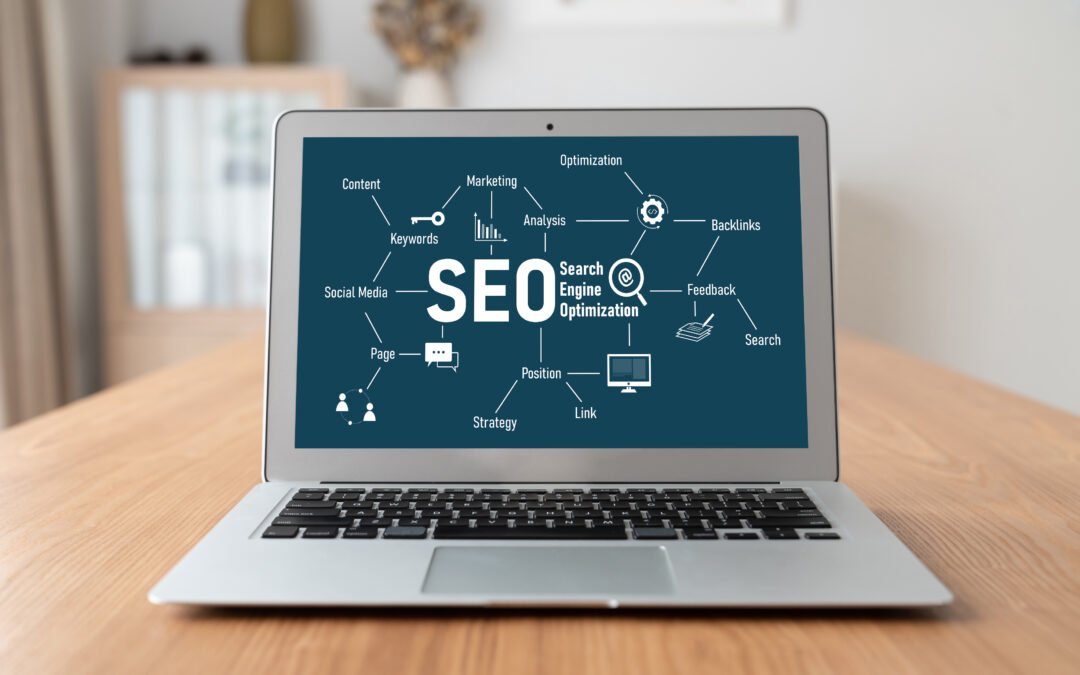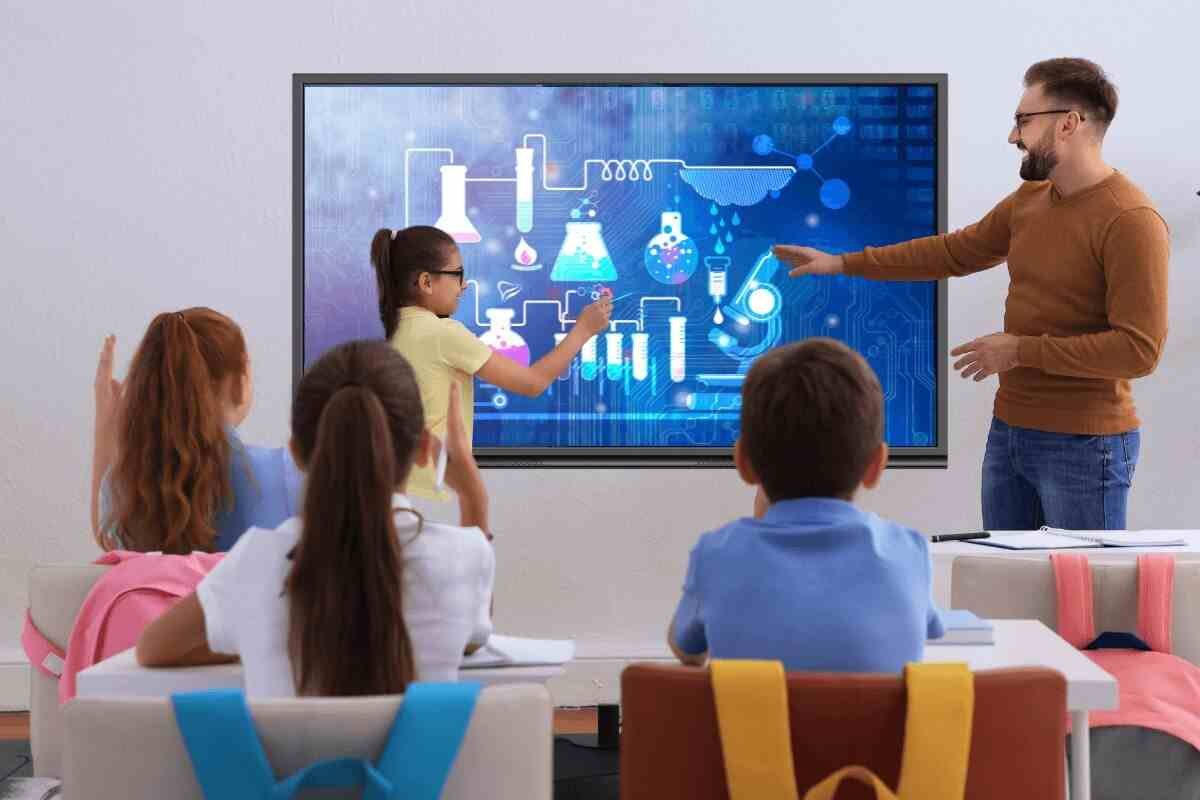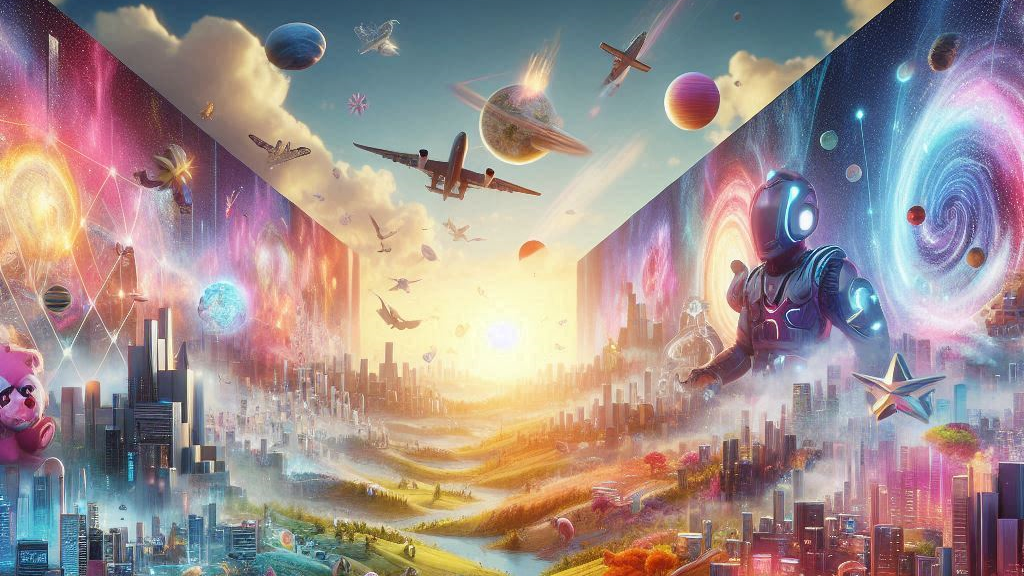Introduction to Design and Technology
Design and technology are two interconnected fields that play a crucial role in shaping the modern world. While design focuses on creating aesthetically pleasing and functional products, technology provides the tools and processes necessary to bring these designs to life. Together, they form the backbone of innovation across various industries, from consumer electronics to architecture.
The Importance of Design in Technology
Design is not just about how something looks; it’s about how it works and how users interact with it. In technology, good design is essential for creating products that are not only functional but also intuitive and enjoyable to use. Whether it’s a smartphone, a website, or a piece of software, the design must consider the user’s experience from start to finish.
Technological Innovations Shaping Design
Technology has revolutionized the field of design, introducing new tools and methods that allow designers to push the boundaries of creativity. Computer-aided design (CAD), 3D printing, and virtual reality (VR) are just a few examples of how technology is transforming the way designers work. These innovations enable more precise and complex designs, rapid prototyping, and immersive experiences that were once unimaginable.
User-Centered Design in Technology
User-centered design (UCD) is an approach that prioritizes the needs, preferences, and behaviors of the end-user throughout the design process. In technology, UCD ensures that products are not only functional but also accessible and easy to use. By conducting user research, designers can gather valuable insights that inform the development of products that truly meet the needs of their users.
The Role of Collaboration in Design and Technology
The intersection of design and technology often requires collaboration between different disciplines. Engineers, designers, and technologists must work together to create products that are both technically feasible and user-friendly. This multidisciplinary approach fosters innovation and leads to the creation of products that are both cutting-edge and practical.
Sustainability in Design and Technology
Sustainability is an increasingly important consideration in both design and technology. Designers and technologists are now focusing on creating products that minimize environmental impact through sustainable materials, energy-efficient processes, and designs that reduce waste. By integrating sustainability into the design and technology process, companies can create products that are not only innovative but also environmentally responsible.
Future Trends in Design and Technology
As technology continues to evolve, so too will the field of design. Emerging technologies like artificial intelligence (AI), augmented reality (AR), and the Internet of Things (IoT) are set to further transform how products are designed and how users interact with them. These technologies will enable even more personalized, immersive, and responsive designs, paving the way for a future where technology seamlessly integrates with every aspect of our lives.
Conclusion
Design and technology are inextricably linked, each driving the other forward in a continuous cycle of innovation. By understanding the relationship between these two fields, we can better appreciate the products and services that shape our world. As we look to the future, the collaboration between design and technology will be crucial in creating solutions that are not only functional and beautiful but also sustainable and user-focused.
For more insights on design and technology, and how they influence the world around us, visit our website “The Tech Now” and explore our latest articles and resources.









